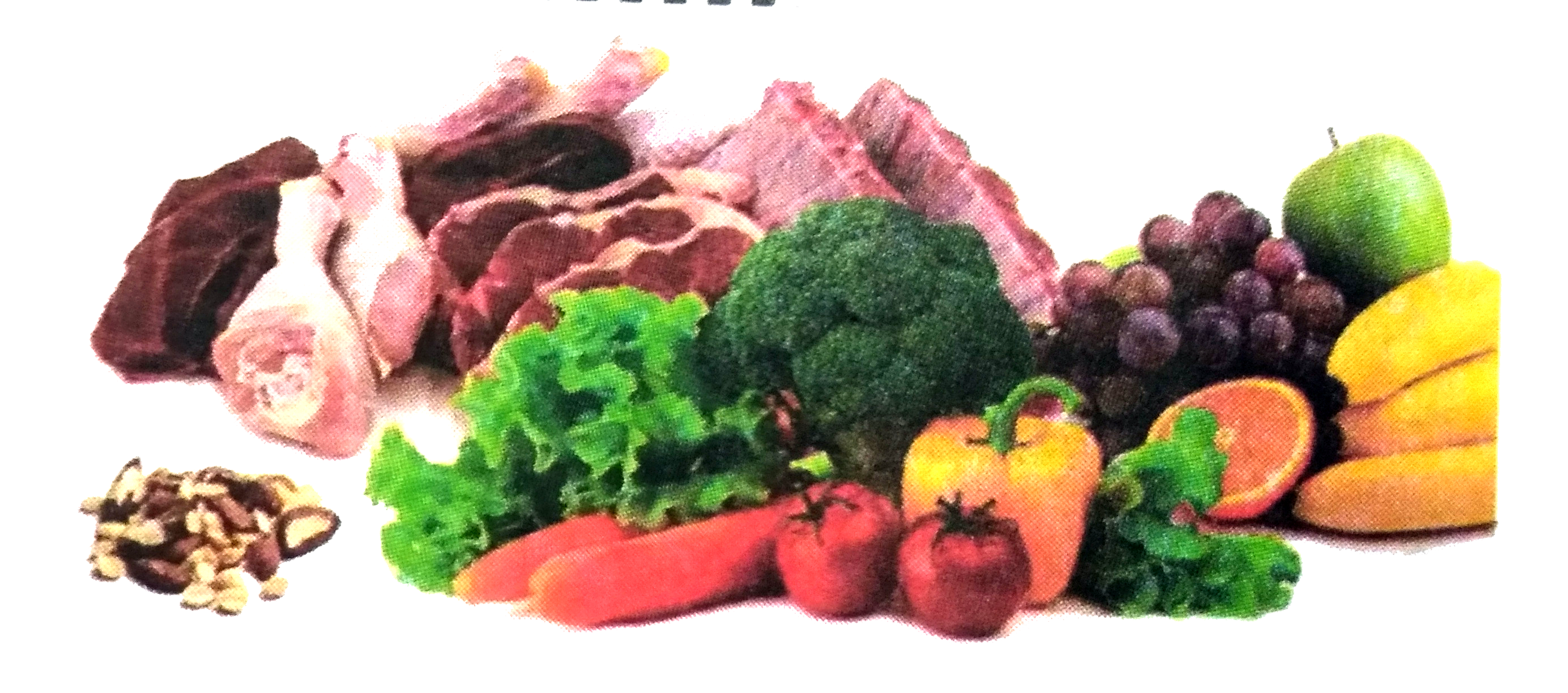Dietary fibre-found mainly in fruits, vegetables, whole grains and legumes- is probably best known for its ability to prevent or relieve constipation. But foods containing fibre can provide other health benefits as well, such as helping to maintain a healthy weight and lowering your risk of diabetes, heart disease and some types of cancer. Dietary fibre, also known as roughage or bulk, includes the parts of plant foods your body can't digest or absorb. Unlike other food components, such as fats, proteins or carbohydrates- which your body breaks down and absorbs- fibre isn't digested by your body. Instread, it passes relatively intact through your stomach, small intestine and colon and out of your body.
Enlist the advantages of fibres in diet.
Fibres help to relieve constipation and help in maintaining a healthy weight and lowering risk of diabetes, heart disease and some types of cancer.
Similar Questions
Dietary fibre-found mainly in fruits, vegetables, whole grains and legumes- is probably best known for its ability to prevent or relieve constipation. But foods containing fibre can provide other health benefits as well, such as helping to maintain a healthy weight and lowering your risk of diabetes, heart disease and some types of cancer. Dietary fibre, also known as roughage or bulk, includes the parts of plant foods your body can't digest or absorb. Unlike other food components, such as fats, proteins or carbohydrates- which your body breaks down and absorbs- fibre isn't digested by your body. Instread, it passes relatively intact through your stomach, small intestine and colon and out of your body.
What is a roughage?
View SolutionDietary fibre-found mainly in fruits, vegetables, whole grains and legumes- is probably best known for its ability to prevent or relieve constipation. But foods containing fibre can provide other health benefits as well, such as helping to maintain a healthy weight and lowering your risk of diabetes, heart disease and some types of cancer. Dietary fibre, also known as roughage or bulk, includes the parts of plant foods your body can't digest or absorb. Unlike other food components, such as fats, proteins or carbohydrates- which your body breaks down and absorbs- fibre isn't digested by your body. Instread, it passes relatively intact through your stomach, small intestine and colon and out of your body.
Which food items provide rich fibre content?
View Solution
Knowledge Check
Synthetic fibres are also known as:
ABranched fibreBStraight fibreCMan-made fibreDnone of the aboveWhich of these synthetic fibres is also known as artificial silk?
AAcrylicBNylonCPolyesterDRayon
Dietary fibre-found mainly in fruits, vegetables, whole grains and legumes- is probably best known for its ability to prevent or relieve constipation. But foods containing fibre can provide other health benefits as well, such as helping to maintain a healthy weight and lowering your risk of diabetes, heart disease and some types of cancer. Dietary fibre, also known as roughage or bulk, includes the parts of plant foods your body can't digest or absorb. Unlike other food components, such as fats, proteins or carbohydrates- which your body breaks down and absorbs- fibre isn't digested by your body. Instread, it passes relatively intact through your stomach, small intestine and colon and out of your body.
Are fibres digested in the body?
View SolutionDietary fibre-found mainly in fruits, vegetables, whole grains and legumes- is probably best known for its ability to prevent or relieve constipation. But foods containing fibre can provide other health benefits as well, such as helping to maintain a healthy weight and lowering your risk of diabetes, heart disease and some types of cancer. Dietary fibre, also known as roughage or bulk, includes the parts of plant foods your body can't digest or absorb. Unlike other food components, such as fats, proteins or carbohydrates- which your body breaks down and absorbs- fibre isn't digested by your body. Instread, it passes relatively intact through your stomach, small intestine and colon and out of your body.
Which is the path through which fibres pass in the digestive tract?
View SolutionName the food rich in dietary fibre?
View SolutionGive one word for the following .
Dietary fibres.
View SolutionHow can you maintain your heart healthy? Write in brief.
View SolutionFibre rich food

View Solution
